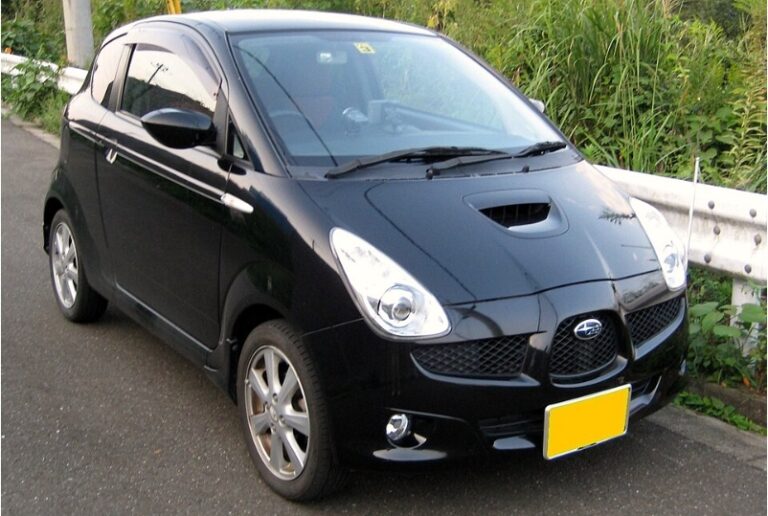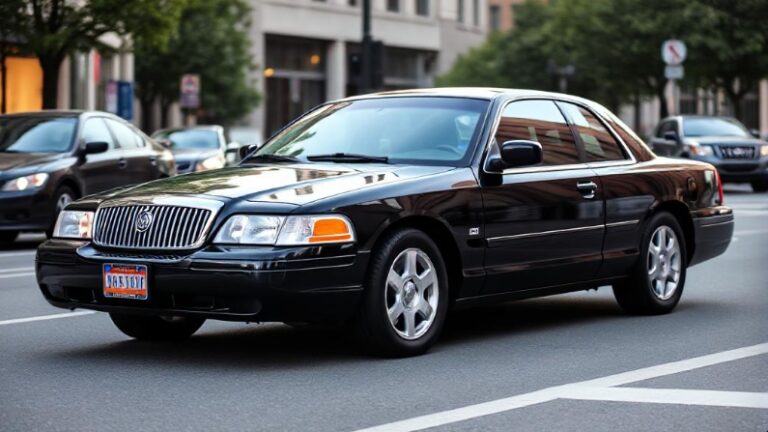The Evolution of the Lada 110, 111, and 112 Series: A Detailed Overview
Introduction
The Lada brand, produced by the Russian automotive manufacturer AvtoVAZ, has a storied history dating back to the Soviet era. Among its most significant models in the post-Soviet era are the Lada 110, 111, and 112 series—compact cars that marked a major shift in design, technology, and market positioning for the brand. Introduced in the late 1990s and produced into the early 2010s, these models represented Lada’s efforts to modernize its lineup and compete more effectively in European and global markets.
This article traces the development, production years, and trim levels of the Lada 110, 111, and 112 series, illustrating how each evolved over time to meet consumer demands and technological advancements.
Origins and Development
The Lada 110 series was introduced as a successor to the Lada 110 (signifying the internal project code), designed to replace the aging models of the 2100 series (Vaz-2105, 2104, etc.). The development of the 110 series began in the early 1990s, with the goal of creating a more modern, comfortable, and internationally competitive vehicle.
The initial launch occurred in 1995, with production starting shortly thereafter. The 110 series was built on a new platform, featuring an unibody construction, independent suspension, and improved aerodynamics compared to previous models.
The series spanned several variants: the sedan, hatchback, and station wagon, with the sedan being the most prominent. Over the years, the 110 series evolved into three main models:
- Lada 110 (sedan)
- Lada 111 (hatchback)
- Lada 112 (station wagon)
Production Timeline
| Model Series | Production Years | Notes |
|---|---|---|
| Lada 110 | 1995–2007 | Sedan version, most widely produced |
| Lada 111 | 1997–2008 | Hatchback version, less common |
| Lada 112 | 1999–2012 | Station wagon, also known as “Lada 110 Estate” |
Lada 110 Series: The Sedan
Launch and Early Models (1995–2000)
The Lada 110 sedan was launched in 1995, designed to modernize Lada’s lineup. It was offered initially with a range of inline-four engines, including a 1.5L carbureted unit and a 1.6L engine, with some variants featuring fuel injection.
Trim Levels (Early Years):
- Standard: Basic equipment, manual windows, minimal interior features.
- Lux: Added features like electric windows, improved interior trim.
- Sport: A sportier trim with cosmetic enhancements (limited production).
Facelift and Mid-Cycle Updates (2003–2007)
In 2003, the Lada 110 underwent a significant facelift, which included:
- Redesigned front and rear bumpers
- New grille and headlight configurations
- Interior updates with improved dashboard and materials
- Introduction of more modern safety features such as anti-lock braking system (ABS) and airbags in later models
Trim Levels Post-Facelift:
- Standard: Basic, no-frills version.
- Lux: Mid-range with additional comfort features.
- Premium: Top-tier, equipped with power windows, air conditioning, and upgraded audio systems.
- Sport: Sport-inspired styling, sometimes with a more powerful engine.
Engines and Variants
Throughout its production, the Lada 110 sedan was powered by several engine options:
- 1.5L carbureted I4 (~81 hp)
- 1.6L SOHC I4 (~87 hp)
- 1.6L fuel-injected I4 (~98 hp)
- 1.7L I4 (later models, around 80–90 hp)
- 2.0L inline-four (introduced later for certain markets)
Transmission options included 5-speed manual and 4-speed automatic transmissions.
Lada 111 Series: The Hatchback
Introduction and Features (1997–2008)
The Lada 111 hatchback was introduced as a more youthful and versatile variant of the 110 series. It shared much of the same platform and mechanical components but featured a hatchback body style designed for urban and practical use.
Design and Equipment:
- Compact dimensions
- Similar engine lineup as the sedan
- Trim levels analogous to the 110 series, including Standard, Lux, and Sport variants
Market Position and Variations
The 111 was less popular than the sedan but found niche markets, especially in Russia and some Eastern European countries. It was appreciated for its practicality and maneuverability.
Lada 112 Series: The Station Wagon
Introduction and Market
The Lada 112 was launched in 1999 as the estate/wagon version of the 110 series. It aimed at families and commercial users, offering increased cargo capacity.
Design Features:
- Extended roofline
- Larger rear cargo space
- Similar engine options as the other variants
Trim Levels and Equipment
Trim levels for the 112 included:
- Standard: Basic features, manual transmission.
- Lux: Enhanced comfort, power windows, better interior materials.
- Family: Equipped with additional rear seats and comfort features.
Technical and Safety Evolution
Over the course of its production, the Lada 110/111/112 series saw incremental improvements in safety and technology:
- Introduction of airbags in later models (2003 onward)
- Upgraded suspension and braking systems
- Improved interior ergonomics
- The addition of anti-lock braking (ABS)
- Introduction of catalytic converters and emission controls in later models
Special Editions and Variants
Throughout their production span, several special editions and variants were produced, including:
- Lada 110 Sport: Featuring sportier styling and sometimes more powerful engines.
- Lada 110 Classic: An entry-level version with minimal features.
- Lada 110 Comfort: Focused on comfort and convenience features.
- Limited Editions: Sometimes launched for promotional events or to commemorate milestones.
.
We LOVE cars & cruising around, but sometimes day trips to explore new cities are required (with family or friends) for a spice of variety in your life!
So GO explore!
Cruises & Day/Night City Tours to: Baltimore, Boston, Chicago, Marina Del Ray, New York, Niagara, Philadelphia, San Diego, San Francisco, Toronto, Washington DC, etc.:

.
End of Production and Legacy
Production of the Lada 110 series gradually ceased around 2007–2012, replaced by newer models like the Lada Priora and subsequent generations of Lada vehicles that aimed to meet modern safety and emissions standards.
Despite its aging design, the Lada 110/111/112 series remains an iconic part of Russian automotive history, known for its affordability, simplicity, and durability. Many units are still in use today, especially in regions where maintenance and parts are accessible.
Conclusion
The Lada 110, 111, and 112 series marked a significant chapter in the evolution of post-Soviet Russian automobiles. From their inception in the mid-1990s to their gradual phase-out in the early 2010s, these models reflect Lada’s efforts to modernize its lineup amidst economic and technological changes.
Their various trim levels, engine options, and body styles illustrate the adaptability and broad market appeal of these vehicles. While they may not have matched the refinement of Western counterparts, they earned a reputation for robustness and practicality.
As classic models, they continue to be valued by enthusiasts, collectors, and those seeking affordable transportation in emerging markets.







